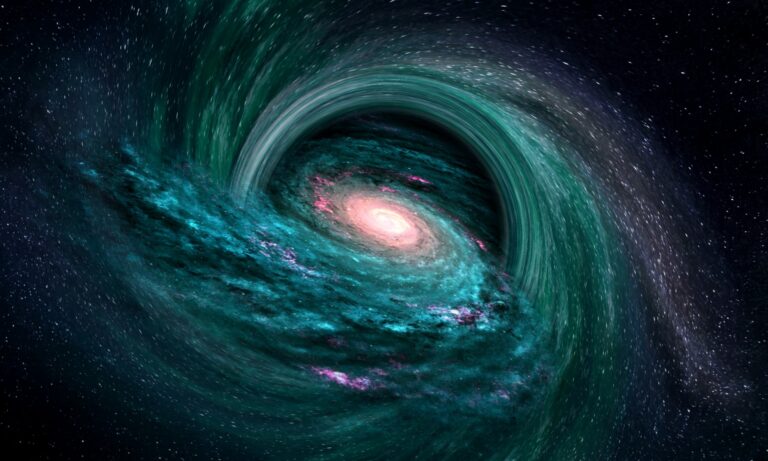
Scientists searching the universe for gravitational waves just got a boost thanks to a new study and AI. The research, recently published in Nature Astronomy, creates a deployable AI framework for detecting gravitational waves within massive amounts of data��at several magnitudes faster than real time. Created by a group of scientists from Argonne National Laboratory, the University of Chicago��
]]>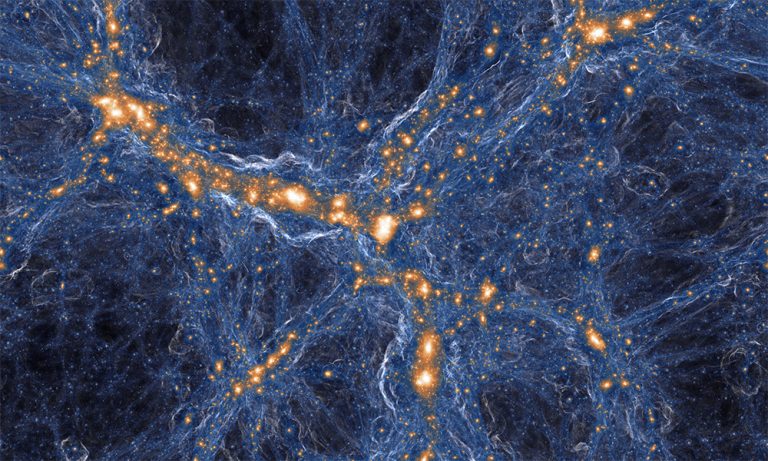
Astrophysics researchers have long faced a tradeoff when simulating space�� simulations could be either high-resolution or cover a large swath of the universe. With the help of generative adversarial networks, they can accomplish both at once. Carnegie Mellon University and University of California researchers developed a deep learning model that upgrades cosmological simulations from low to high��
]]>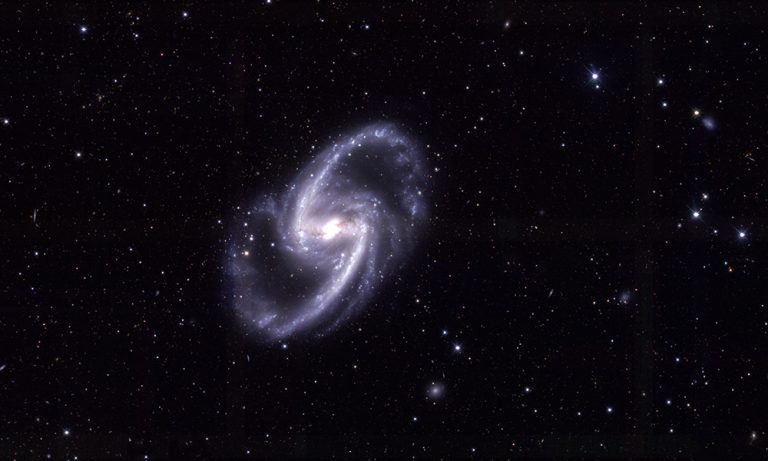
University of Pennsylvania researchers have used convolutional neural networks to catalog the morphology of 27 million galaxies, giving astronomers a massive dataset for studying the evolution of the universe. ��Galaxy morphology is one of the key aspects of galaxy evolution,�� said study author Helena Dom��nguez S��nchez, former postdoc at Penn. ��The shape and structure of galaxies has a lot of��
]]>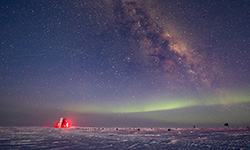
Scientists from the Wisconsin IceCube Particle Astrophysics Center are using ray tracing on NVIDIA GPUs to accelerate simulations of subatomic particles by hundreds of times. Using NVIDIA RTX GPUs in a subsystem of the Texas Advanced Computing Center��s Frontera supercomputer, the researchers can calculate the path of light as it travels through a one cubic kilometer block of ice at Antarctica����
]]>
To help accelerate multi-messenger (MMA) astrophysics with deep learning, dozens of researchers from multiple communities including HPC, AI, physics, data analytics, and astronomy have written a new paper published in Nature Reviews Physics that looks into the best techniques for bringing AI-based processing to multi-messenger astrophysics. MMA astrophysics is an interdisciplinary field that��
]]>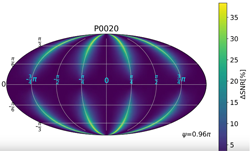
Before he could legally drive, high school student Adam Rebei was already submitting jobs on the Blue Waters supercomputer at the National Center for Supercomputing Applications at the University of Illinois at Urbana-Champaign (NCSA) to run complex simulations of black holes. ��My first time using Blue Waters, we did a tour first and got to see the computer, which is a very amazing thing��
]]>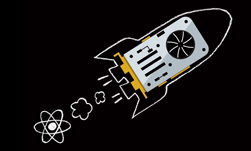
NVIDIA GPUs power the world��s fastest supercomputer, and 20 of the 100 most powerful supercomputing clusters in the world are also powered by them too. If you follow NVIDIA closely, you are probably not surprised by this, but in a new article published in Nature this week, the leading scientific publication explains why so many researchers and developers are using NVIDIA GPUs to accelerate their��
]]>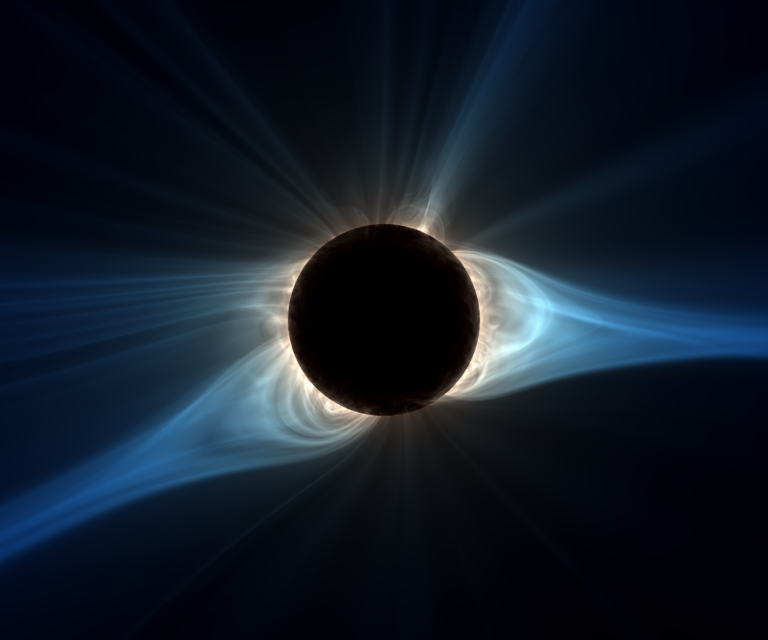
Solar storms consist of massive explosions on the Sun that can release the energy of over 2 billion megatons of TNT in the form of solar flares and Coronal Mass Ejections (CMEs). CMEs eject billions of tons of magnetized plasma into space, and while most of them miss Earth entirely, there have been some in the past that would have inflicted great damage on our modern technological society had they��
]]>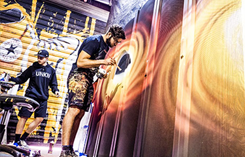
Swinburne University of Technology officially launched one of the most powerful supercomputers in Australia to help unlock the secrets of the Universe. Powered by Dell EMC, the $4 million OzSTAR supercomputer is equipped with 230 NVIDIA Tesla P100 GPUs and will reach a performance peak of 1.2 petaflops. The Swinburne-based Australian Research Council Centre of Excellence for Gravitational Wave��
]]>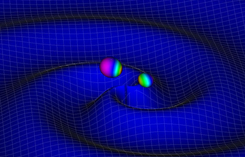
Scientists at the National Center for Supercomputing Applications (NCSA), located at the University of Illinois at Urbana-Champaign used GPUs and deep learning to rapidly detect and characterize gravitational waves. This new approach enables astronomers to study gravitational waves using minimal computational resources, reducing time to discovery and increasing the scientific reach of��
]]>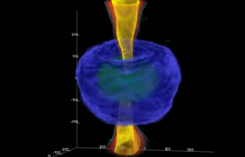
Researchers from University of Amsterdam and Northwestern University used the GPU-accelerated Blue Waters supercomputer to produce the first ever simulation to demonstrate that relativistic jets follow along with the precession of the tilted accretion disk around the black hole. ��Understanding how rotating black holes drag the space-time around them and how this process affects what we see��
]]>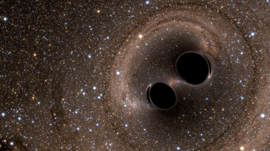
Melbourne��s Swinburne University of Technology announced plans of a new supercomputer that will be used to power research into astrophysics and gravitational waves, with the university seeking to further prove the science behind Einstein��s theory of general relativity. ��While Einstein predicted the existence of gravitational waves, it took one hundred years for technology to advance to the point��
]]>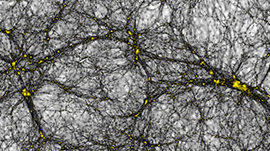
To investigate the nature of dark matter and dark energy, researchers from University of Zurich simulated the formation of our entire universe with the help of two GPU-accelerated supercomputers. With their revolutionary code called PKDGRAV3, the group of astrophysicists developed a catalog of nearly 25 billion virtual galaxies generated from a two-trillion particle cosmological simulation using��
]]>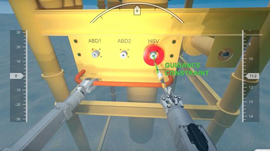
A six-person startup from Seattle developed augmented telerobotics software that gives humans better control of remotely operated robots which can be useful for exploring Mars or other planets. BluHaptics specializes in robotic control for underwater environments, but with a recently awarded grant funded by NASA, they are now applying their software to control robotic operations in space �C by��
]]>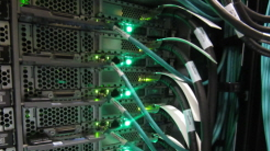
Three times faster than its predecessor, Blue Crystal 4 (BC4) at University of Bristol can perform 600 trillion calculations per second and will accelerate the work of more than 1,000 researchers and engineers. According to Dr. Christopher Woods, EPSRC Research Software Engineer Fellow at the University of Bristol, ��research that used to take a month, now takes a week, and what took a week��
]]>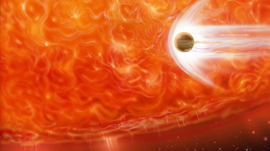
Scientists from Australia and Denmark trained a deep learning system to classify and predict the ages of red giant stars. ��Automated methods do exist, however considerable effort is required for defining and acquiring features,�� mentioned the researchers in their paper in reference to why they leveraged deep learning for their work over conventional methods. ��Furthermore��
]]>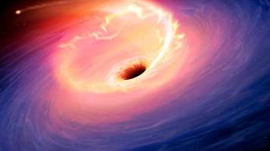
Astronomers from around the world pointed their powerful telescopes towards a supermassive black hole that lies in the center of the Milky Way (nearly 26,000 light years from Earth) and believe they have snapped the first-ever picture of a black hole. It will take months to develop the image, but if the scientists succeed the results may help reveal the mysteries about what the universe is made��
]]>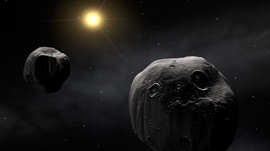
James Parr, co-director of the NASA Frontier Development Lab (FDL) shares how NVIDIA GPUs and deep learning can help detect, characterize and deflect asteroids. The FDL hosted 12 standout graduate students for an internship to take on the White House��s Asteroid Grand Challenge, an ongoing program that aims to get researchers to ��find all asteroid threats to human populations and know what to do��
]]>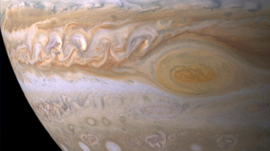
Researchers from ETH Z��rich and the Universities of Z��rich and Bern simulated different scenarios on the computing power of the GPU-accelerated Swiss National Supercomputing Centre (CSCS) to find out how young giant planets exactly form and evolve. ��We pushed our simulations to the limits in terms of the complexity of the physics added to the models,�� said Judit Szul��gyi��
]]>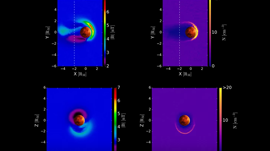
Shahab Fatemi, PhD Fellow at the University of California Berkeley Space Sciences Laboratory, shares how his team is using CUDA, TITAN X and Tesla K80 GPUs to develop a three-dimensional plasma model that can provide a better understanding of how solar wind could affect Earth. ��GPUs have been revolutionary in space and plasma physics modeling,�� said Fatemi. ��You can today��
]]>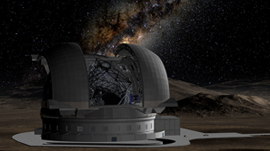
The atmospheric turbulence that distorts the trajectory of lights rays have been a source of frustration for astronomers using huge telescopes. Damien Gratadour, an associate professor at Universit�� Paris Diderot, was at the GPU Technology Conference last month to talk about how his team is using NVIDIA GPUs to reshape light beams so astronomers can get images that are as sharp as possible��
]]>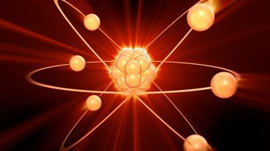
Scientists from University of Washington, Warsaw University of Technology in Poland, Pacific Northwest National Laboratory, and Los Alamos National Laboratory, have developed a model that provides a detailed look at what happens during the last stages of the fission process. According to their research paper, nuclear fission has almost reached the venerable age of 80 years and yet we still lack��
]]>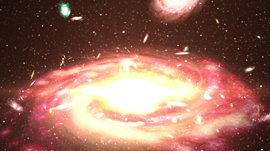
For the first time, astronomers have tracked down the location of a fast radio burst (FRB), confirming these short but spectacular flashes of radio waves originate in the distant universe. Australian astronomers announced last week that they successfully used Tesla GPUs and CSIRO radio telescopes in eastern Australia and Japan��s Subaru telescope in Hawaii to trace the source of the burst to a��
]]>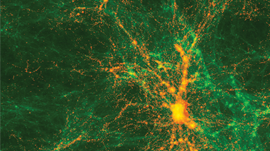
Dr. Paul Shapiro, Professor at University of Texas at Austin shares how his team is using the Tesla-accelerated Titan Supercomputer at Oak Ridge National Laboratory to analyze and visualize new cosmological simulations. Watch Paul��s talk in the NVIDIA GPU Technology Theater at SC15: Watch Now Learn more about their research at http://arxiv.org/abs/1511.00011��
]]>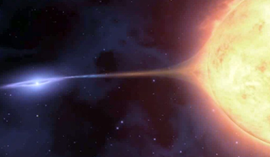
Stony Brook University researchers are exploring the physics of Type Ia supernovas using the Tesla-accelerated Titan Supercomputer at Oak Ridge National Laboratory. It��s been estimated that Type Ia supernovas can be used to calculate distances to within 10 percent accuracy, good enough to help scientists determine that the expansion of the universe is accelerating, a discovery that garnered��
]]>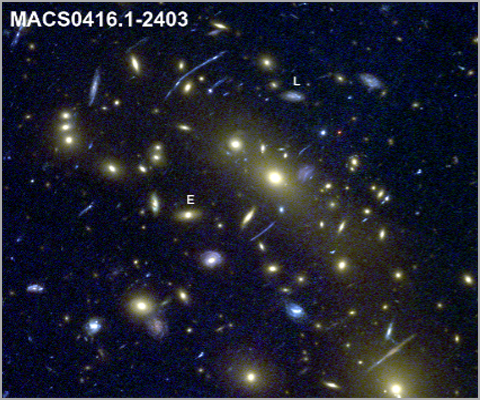
UK researchers are teaching computers to see and label galaxies using unsupervised machine learning. The group from the University of Hertfordshire, Hatfield, presents a novel unsupervised learning approach to automatically segment and label images in astronomical surveys. Automation of this procedure will be essential as next-generation surveys enter the petabyte scale: data volumes will��
]]>